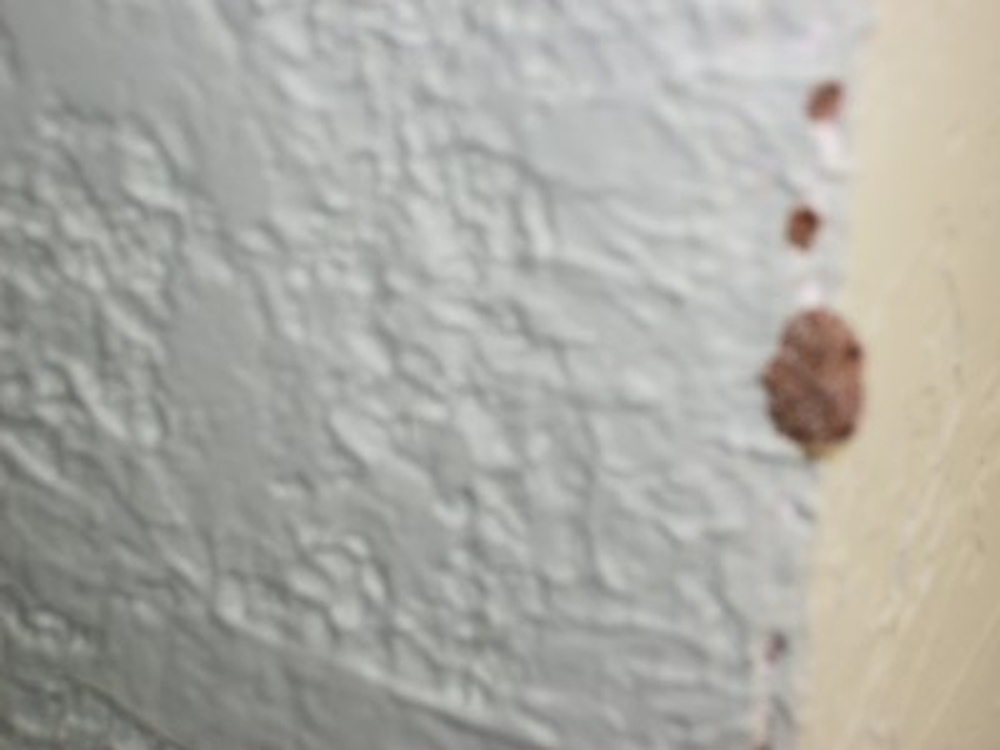Protecting your home from termites

Termites do millions of dollars worth of damage each year to Texas homes. They cause more property damage than is caused by fire and windstorms combined. It is possible that they are eating on your home right now. There are some things that the homeowner can do to protect their homes from termites.
The main termite that we have in this area is the native subterranean termite. In nature, subterranean termites are beneficial. They break down many dead trees and other wood materials that would otherwise accumulate; however, termites cannot distinguish wood used to build homes from dead trees. This is where the problem starts. When they do attack a home, their presence is often difficult to see because they hide their activity behind walls, trim, in the crawlspace, etc. Because of this, termites can be active for years and do significant damage before there are obvious signs of their presence.
If the homeowner knows what to watch for and how to minimize the possibility of subterranean termite infestation, he can save money and trouble later on. Look for the tell-tale signs of termites: small holes in wood, crumbling drywall or small holes appearing in the drywall from the inside (perhaps under the paint), termite insect wings, and straw-shaped mud tubes on the foundation or in the crawlspace. Spring is the time of year when termite swarmers will be present. Swarmers essentially are flying termites that leave the colony in the springtime to go out and start new colonies. You will typically see swarmers on window sills in your home since they fly towards the light. Swarmers are about ¼” long and look much like a winged ant but with four wings of equal size. Without going into a full explanation of the differences between the two here, it suffices to say that if you see something that matches the description above or if you see small insect wings on window sills, you very possibly have a termite infestation and should call a termite professional to investigate further.
Obviously, it would be better if the termites never attack your home in the first place. There are several steps that you can take to minimize this possibility, and these steps basically entail making it harder for termites to get to the things that they have to have to live – water and wood. Subterranean termites have to have moisture to live, so don’t let water accumulate near your home’s foundation - instead, divert moisture away with properly functioning gutters, downspouts, and splash blocks. Ensure your crawlspace is dry by keeping it properly ventilated and correcting plumbing leaks.
Make it more difficult for termites to get to their food source. Any untreated lumber that is in direct contact with the soil is very susceptible to termite infestation. Don’t bury waste lumber or any type of wood scrap in your yard. This will deter subterranean termites. Most importantly, eliminate any wood-to-soil contact by maintaining some space between the soil and any wood portions of your house to avoid a direct subterranean termite route into your home.



Most importantly, if you find any suspected signs of termites, call a qualified termite control company to come out and take a closer look and make a recommendation to eliminate the termites. Even if you don’t currently see any signs of termites, a pest control company can come out to your home to do a thorough inspection. They will also make recommendations about things that you can do to minimize the risk of termites infesting your home.